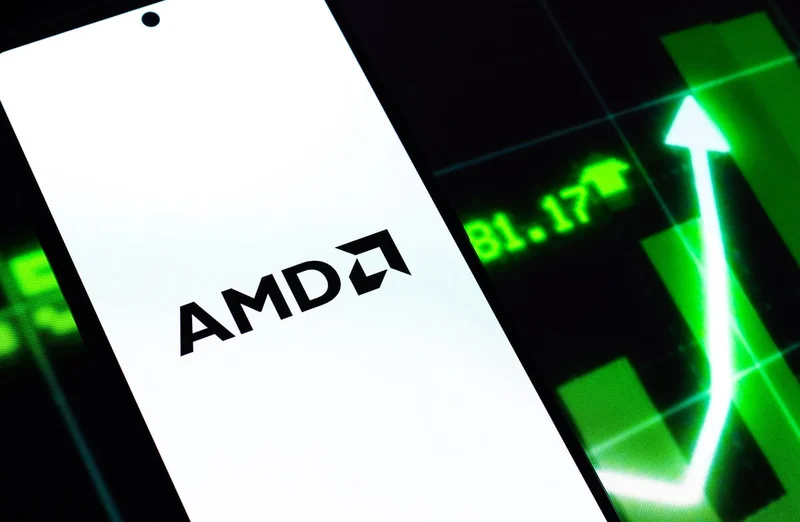Article Directory
AMD just dropped a Q3 2025 earnings report that reads like a victory lap: revenue up 36% year-over-year to $9.25 billion, EPS beating expectations at $1.20, and Q4 projections topping Wall Street's already bullish forecasts. Data center revenue, the real engine of growth, surged to $4.3 billion. Client segment and gaming chipped in nicely, too. CEO Lisa Su called it an "outstanding quarter." So why did AMD stock (NASDAQ: AMD) close down 3.7% at $250.05, then slide another 3.72% after hours to $240.76?
The simple answer, of course, is profit-taking. AMD shares are up 108% year-to-date. (That's not a typo.) Investors who rode that wave might be forgiven for cashing out a bit, especially with a P/E ratio hovering around 150.63. But I suspect there's more to it than that.
The AI Arms Race: AMD vs. the Green Giant
The market's obsessed with AI, and rightly so. AMD is positioning itself as a challenger to Nvidia in AI chips. The OpenAI deal, where AMD will supply up to 6 gigawatts of GPUs for AI data centers, is a huge win. OpenAI also will acquire approximately 160 million AMD shares, representing about 10% ownership. Oracle is deploying 50,000 AMD GPUs across its global cloud data centers. And AMD is providing chips for two Department of Energy supercomputers (a $1 billion investment).
But here's the rub: Nvidia's market cap exceeds $5 trillion. That's more than ten times AMD's roughly $406 billion valuation. Morgan Stanley analyst Joseph Moore, while praising AMD’s rack-scale AI architecture, rightly pointed out that execution and ROI versus Nvidia remain important watchpoints. In other words, AMD needs to not just promise AI dominance, but deliver it, and at a profit margin that satisfies investors.

AMD's next-generation MI450 GPUs and rack-scale systems are expected to launch in the second half of 2026. That's a long time to wait in the hyper-accelerated world of AI. Will AMD truly be able to challenge Nvidia's dominance by then, or will it just be playing catch-up? Analysts see AMD's rack-scale AI solutions as key to growth in 2026. (Rack-scale refers to integrating multiple GPUs into a single unit.) AMD stock crashes despite strong Q3 results: why is AMD stock down today, and could AMD’s rack-scale AI br - The Economic Times
And this is the part of the report that I find genuinely puzzling: While the headline numbers are impressive, the market’s reaction suggests a lack of faith in AMD’s ability to close the gap with Nvidia. It’s not about the present earnings, but the future trajectory. The market is forward-looking, and right now, it seems to be betting on green.
Show Me the AI Revenue!
AMD's Q3 data center revenue jumped, yes, but how much of that is specifically from AI-related products? The report doesn't break it down that way. It lumps everything into "data center," which includes traditional server chips. That lack of granularity allows for speculation (and frankly, some skepticism). Are investors right to question how much of the revenue comes from AI? Is it possible that the "AI" narrative is overshadowing other, more traditional areas of AMD's business? These are the questions that remain unanswered.
